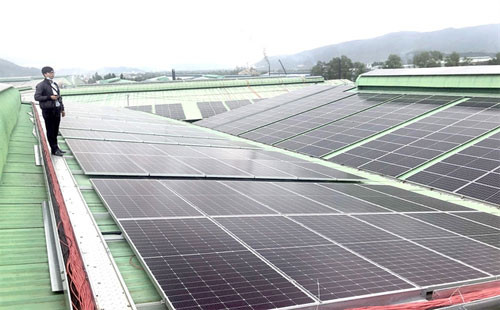 |
According to data from Irena, an inter-governmental renewable energy
organisation, Vietnam’s production from solar and wind increased 237 percent and
60 percent, respectively in 2020, raising the share of these sources to a
quarter — almost a decade ahead of schedule, it wrote.
With an average speed of more than 10 metres a second, Vietnam’s territorial
waters rank in the top 10 percent of the windiest places on the planet.
The seas off the provinces of Binh Thuan and Soc Trang where developers plan to
build multibillion-dollar offshore wind farms are also relatively shallow, with
depths of 20 metres to 50 metres.
The author quoted Thu Vu, an energy finance analyst at the Ohio-based Institute
for Energy Economics and Financial Analysis as saying that Vietnam’s renewable
energy adoption is impressive. The higher cost of offshore units relative to
onshore or nearshore wind, the expert noted.
Ian Hatton, Chair of Enterprize Energy, a UK-renewable energy company, said in
order to reduce cost, Vietnam must improve its infrastructure, build
substations, and lay cables along the seabed for offshore production, or finding
alternative solutions. Enterprize is experimenting with converting wind
energy and seawater to hydrogen.
He also noted an example of the dilemma facing low- and middle-income nations
such as Vietnam. Accordingly, if they produce enough energy to meet demand
without improving transmission infrastructure, additional capacity could be
squandered.
But William Gaillard, Vice President of wind turbine manufacturer Vestas,
believed that Vietnam has “shown a path for others to follow, adding that the
combination of an attractive feed-in-tariff with ambitious installation targets
and a transparent permitting process has been a critical factor in unlocking
this market.
Source: VNA




















.jpg)




.jpeg)

.jpeg)


.jpeg)


